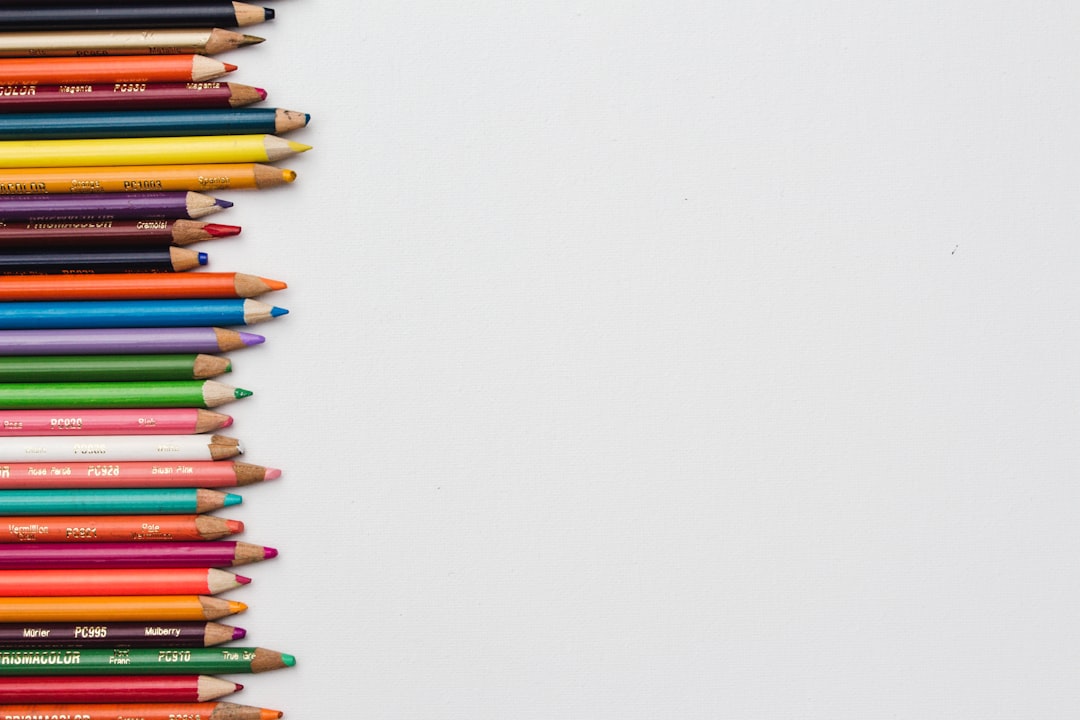What is it about?
Jacques Réda’s foundational relation to jazz is clear throughout his work. The monumental series of poems in L’Improviste, “Quatre lettres de Coleman Hawkins,” blends the influence of jazz in Réda’s work with his spatial poetics. Inspired by the tenor saxophone great, Réda himself improvises poetically to create a cadence that reflects the rhythms of this jazz icon. The intermusical synergy between jazz and poetry merges with intertextual improvisation through images of the sea and soaring that voice expressions of freedom and open space. In examining Réda’s poetic practice as spatial practice, this study also takes into account the spatial dimensions of Deleuze and Guattari’s thought, together with concepts they elaborate in relation to music. As Réda composes orchestral textures and movements through airborne images of clouds and birds that extend to the flowering world’s dispersive and generative momentum, a renewed and renewing space comes into being.
Featured Image
Why is it important?
This article opens fresh perspectives on Jacques Réda’s jazz-inspired spatial poetics by applying prosodic study, musical ekphrasis, and spatial aspects of Deleuze-Guattarian thought to the under-recognized but monumental poems, “Quatre lettres de Coleman Hawkins”. In addition, these innovative approaches illuminate how Réda’s intertextual improvisation reinterprets the poetic canon through echoes of poets such as Rimbaud, Du Bellay, and Ovid, while his intermusical improvisations merge poetry’s range with jazz cadences to create a renewed appreciation of both. As such, this article brings new focus to Réda’s voice in contemporary poetry and its contribution to interdisciplinary aesthetics and spatial poetics.
Perspectives
I hope this article will cause readers new to Jacques Réda, those already familiar with his writing, and jazz enthusiasts to appreciate how jazz cadences not only inform his imaginary range and metric innovations, but also shed light on Réda’s ongoing inquiries into time and space in collections such as Le Tout, le Rien, et le reste: La Physique amusante IV (Paris: Gallimard, 2016). While Réda completed “Quatre lettres de Coleman Hawkins” in 1979, his recent Une Civilisation du rhythme (Éditions Buchet/Chastel, 2017), further shows the continuing importance of jazz in his work.
Dr Lynn Anderson
University of West Georgia, United States
Read the Original
This page is a summary of: Intermusicality, Space and Deleuzian Aesthetics in Jacques Réda’s “Quatre lettres de Coleman Hawkins”, Australian Journal of French Studies, July 2017, Liverpool University Press,
DOI: 10.3828/ajfs.2017.10.
You can read the full text:
Contributors
The following have contributed to this page










